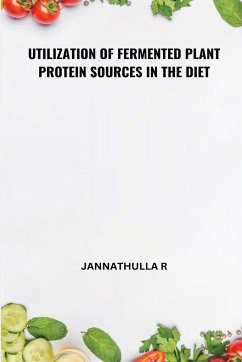Aquaculture is growing rapidly at the rate of 8.4% per annum among the various foodproducing sectors in the world (FAO 2015). The global aquaculture production has steadilyincreased from 34 million metric tones (mmt) in 2000 to 73.8 mmt in 2014 and reachednowadays about 97.2 mmt with an estimated value of USD 157 billion to address the demandand also shortfalls in capture fisheries (FAO 2015). It includes 575 aquatic species that weregrown in freshwater, seawater and brackish water. FAO (2015) reported that the farmed foodfish production (finfish, crustaceans, molluscs and other aquatic animals) was around 66.5mmt in 2012 and was increased by 5.6% in 2013 (7.2 mmt).Shrimp farming is an important component and plays a significant role by generatinga substantial income in many developing countries along with increase in food security.Commercial shrimp farming was practiced since 1970's on a large scale but traditionalshrimp farming has been in vogue for nearly a century in Asian countries. It grew andhappens to grow steeply outpacing the market demand especially for western countries(United States, Japan and Europe). The production of farmed shrimp was about 1.0 mmtglobally in 2000 and reached between 3 and 3.5 mmt within a decade (GOAL 2015). Asiancountries particularly China, Thailand, Indonesia, India and Vietnam contribute about 75% ofthe total farmed shrimp production and the remaining 25% comes from Latin Americawherein Brazil, Ecuador and Mexico are the largest producers.The annual survey of UF/IFAS (2015) and GOAL (2015) has reported that the globalfarmed shrimp production declined by 14% and 5.7 to 9.6%, respectively from the period of2011 to 2013. This decline was mainly attributed to early mortality syndrome but shrimp







